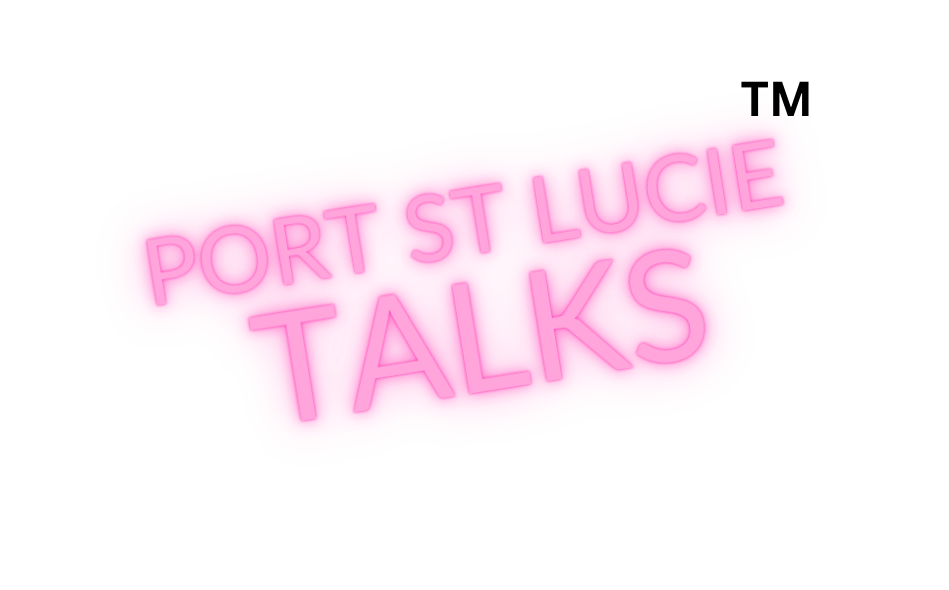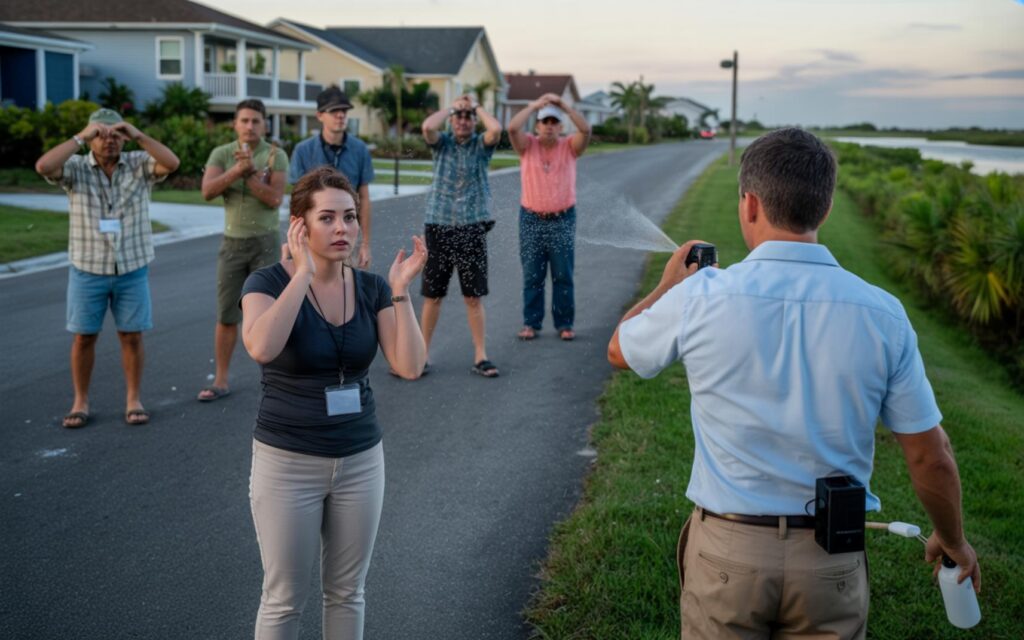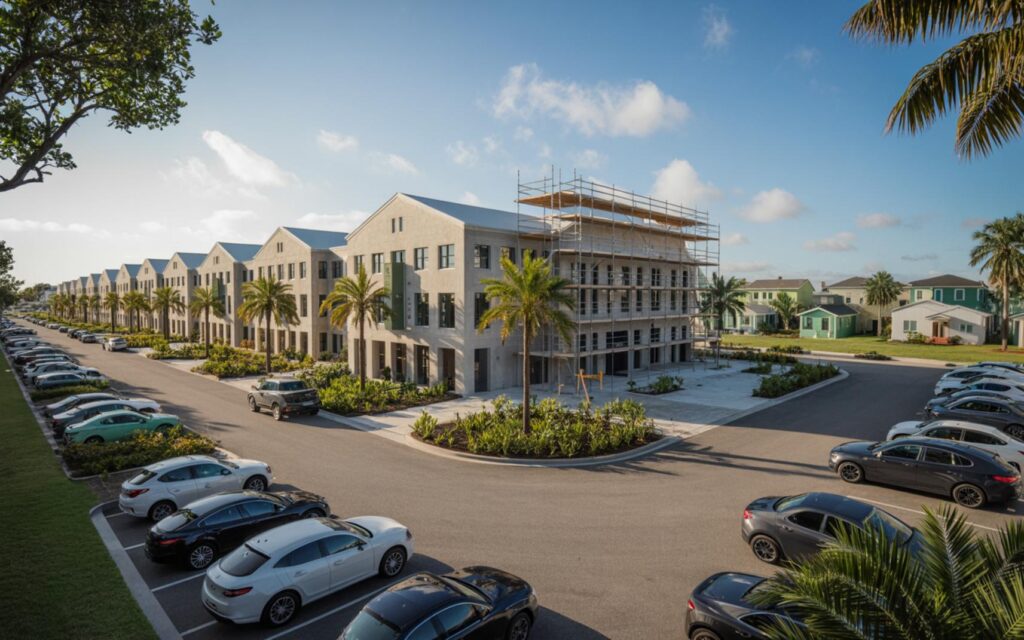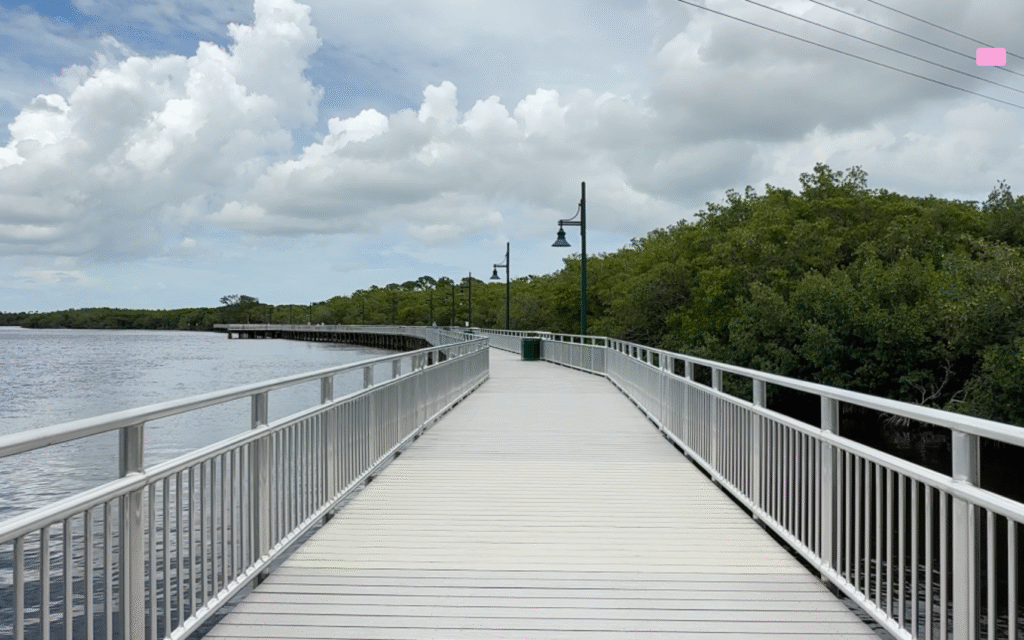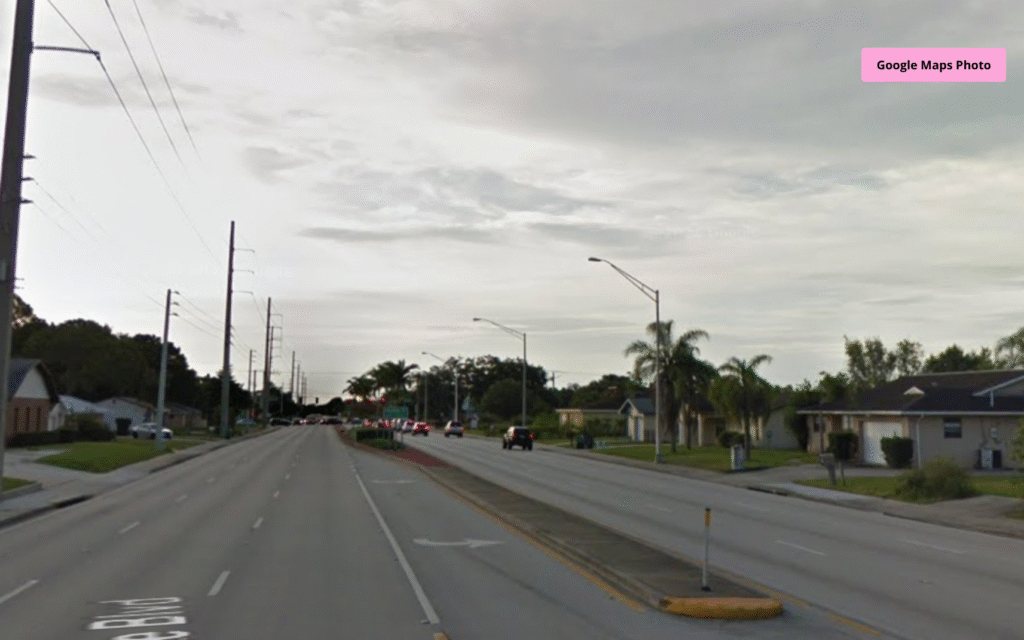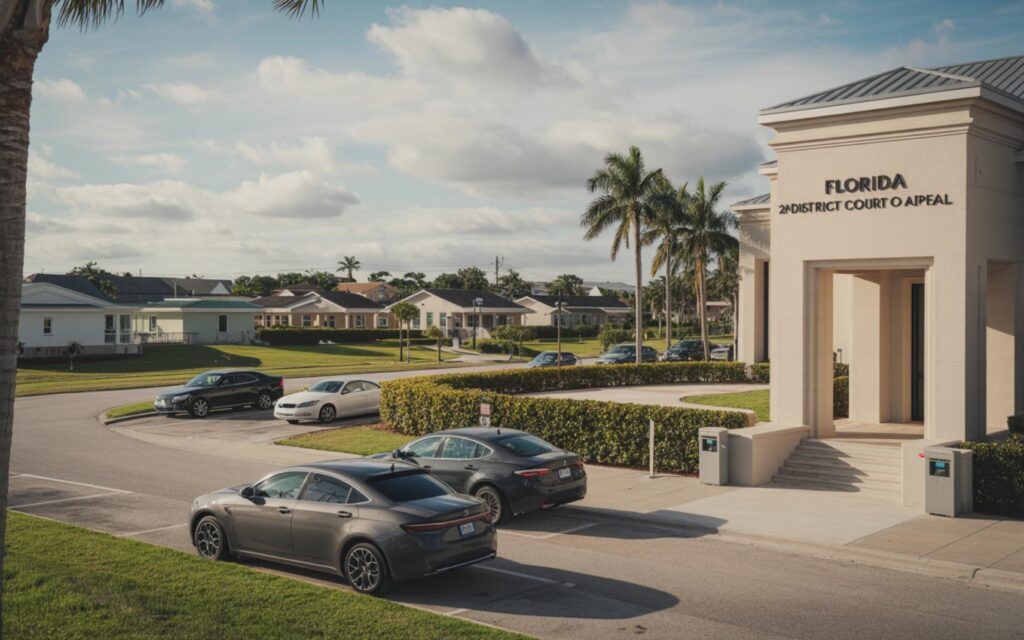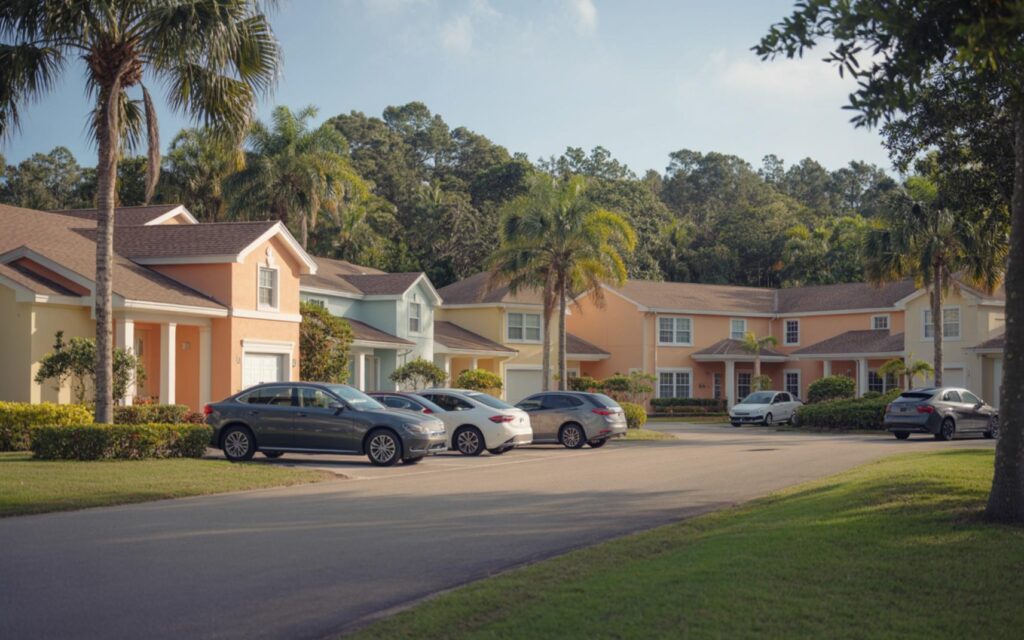Saltmarsh mosquito populations surged across St. Lucie County in spring and early summer 2025, prompting a significant increase in mosquito control treatments and public health advisories. According to St. Lucie County Mosquito Control District, efforts to manage the saltmarsh mosquito outbreak have more than doubled compared to previous years, as officials work to protect residents from aggressive biting and potential disease risks.
Saltmarsh Mosquito Surge in St. Lucie County
St. Lucie County experienced a marked rise in saltmarsh mosquito numbers during May 2025. Mosquito control officials reported 336 treatments conducted across the county in May alone, more than twice the number recorded during the same period in 2024. This increase reflects the dynamic nature of mosquito populations and the challenges posed by coastal environments.
Saltmarsh mosquitoes, known for their aggressive biting and ability to travel several miles from breeding sites, have impacted both coastal and inland communities. Their sudden population spikes are often linked to environmental conditions such as increased rainfall and tidal flooding.
Understanding Saltmarsh Mosquitoes and Their Habitats
Saltmarsh mosquitoes breed primarily in coastal marshes and mangrove habitats, which are common along St. Lucie County’s shoreline. The eggs of these mosquitoes can remain dormant in moist soil for extended periods. When exposed to tidal or river water, the eggs hatch rapidly, leading to sudden increases in mosquito numbers.
Mosquito season in Florida typically extends from late spring through early fall, with peak activity during the summer months. St. Lucie County’s coastal geography, featuring extensive salt marshes and mangroves, makes it particularly vulnerable to saltmarsh mosquito outbreaks.
Environmental Factors Driving Mosquito Outbreaks
Officials link the recent surge in saltmarsh mosquitoes to a combination of increased rainfall and tidal flooding. These conditions create ideal breeding habitats by saturating soils and flooding low-lying areas. Restoration projects, such as dike removals to restore salt marshes, may also influence future mosquito habitat dynamics and require adaptive management strategies.
St. Lucie County’s Mosquito Control Response
St. Lucie County has a long-established mosquito control district, formed in the 1920s, which uses integrated pest management to address mosquito threats. The county’s mosquito control efforts operate within a statewide system regulated by the Florida Department of Agriculture and Consumer Services.
In response to the 2025 surge, the county launched aerial larviciding missions targeting breeding grounds before mosquitoes could hatch. These aerial treatments involved dispersing granular larvicide over mangrove marshes and impoundments, covering areas from Bear Point Sanctuary to Nettles Island. The timing of these missions coincided with rising water levels during the rainy season.
Integrated Pest Management Strategies
Mosquito control in St. Lucie County relies on a combination of surveillance, larviciding, and public education. Integrated pest management includes:
- Regular monitoring of mosquito populations
- Targeted larvicide applications using products based on Bacillus thuringiensis israelensis (Bti)
- Source reduction through elimination of standing water
- Community outreach and education on personal protection
Officials emphasize that the use of Bti-based larvicides is favored for its specificity to mosquitoes and minimal impact on non-target species.
Public Participation and Preventive Measures
St. Lucie County officials urge residents to take preventive steps at home to reduce mosquito breeding. Eliminating standing water in containers, gutters, and yards is a key measure. Personal protection, such as using EPA-approved repellents and wearing long clothing, is also recommended during periods of high mosquito activity.
Public participation is considered crucial in reducing mosquito numbers and limiting the need for widespread pesticide use. By addressing breeding sites around homes and neighborhoods, residents can help support countywide efforts to control mosquito populations.
Ongoing Monitoring and Adaptive Management
While mosquito numbers have started to return to seasonal norms, officials continue to monitor populations and conduct treatments as needed. Ongoing surveillance allows the county to respond quickly to changes in mosquito activity, especially as environmental conditions shift throughout the summer.
According to the St. Lucie County Mosquito Control District, details may be updated as the season progresses and as further data becomes available.
Public Health and Environmental Considerations
Mosquito control in St. Lucie County is not only a matter of comfort but also public health. Mosquitoes can transmit diseases to humans, pets, and livestock. Effective management strategies help minimize these risks while balancing environmental concerns.
Officials highlight the importance of adaptive management, especially as restoration projects and changing weather patterns may alter mosquito habitats in the future. Collaboration between local agencies, state regulators, and the public remains essential for ongoing mosquito control success.
Frequently Asked Questions About Saltmarsh Mosquito Surge in St. Lucie County
What causes saltmarsh mosquito outbreaks in St. Lucie County?
Saltmarsh mosquito outbreaks are typically caused by increased rainfall and tidal flooding, which create ideal breeding conditions in coastal marshes and mangroves. Eggs can hatch rapidly when exposed to water, leading to sudden population spikes.
How does St. Lucie County control saltmarsh mosquitoes?
The county uses integrated pest management, including surveillance, aerial larviciding, and public education. Treatments often target breeding sites with larvicides that are specific to mosquitoes.
Are saltmarsh mosquitoes a health risk in PSL?
Saltmarsh mosquitoes can transmit diseases to humans and animals, making control efforts important for public health in Port St. Lucie and surrounding areas. Officials encourage preventive actions to reduce risk.
Can residents help reduce mosquito populations at home?
Yes, residents can eliminate standing water, use repellents, and wear long clothing to reduce mosquito bites. Removing breeding sites around homes is an effective way to support countywide control efforts.
Where are saltmarsh mosquito breeding areas in St. Lucie County?
Breeding areas are commonly found in coastal marshes, mangrove swamps, and impoundments along the shoreline. Locations such as Bear Point Sanctuary and Nettles Island are among the targeted sites for mosquito control treatments.
